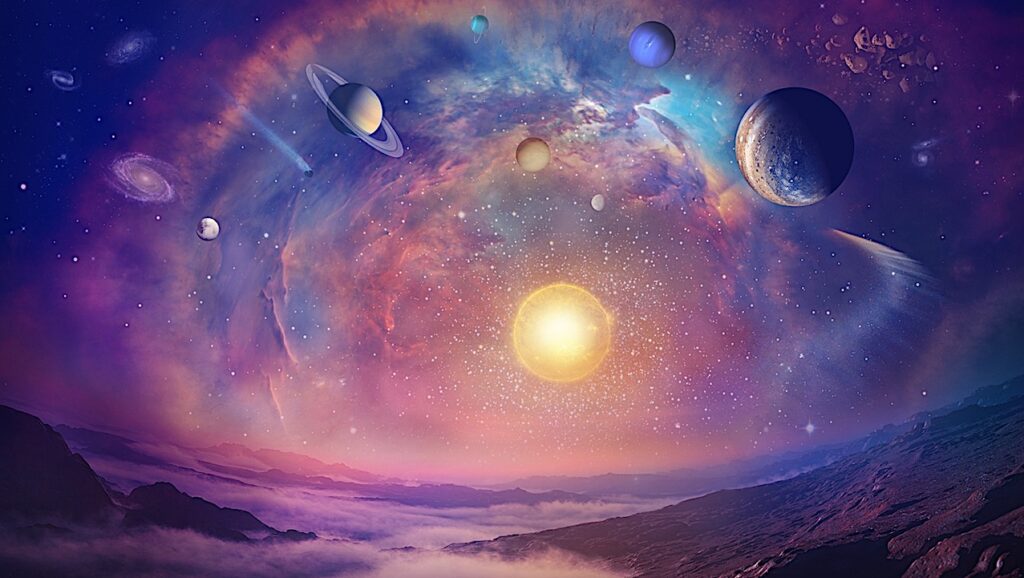Applied Astrobiology: An Integrated Approach to the Future of Life in Space

Searching for extraterrestrial life and supporting human life in space are traditionally regarded as separate challenges. However, there are significant benefits to an approach that treats them as different aspects of the same essential inquiry: How can we conceptualize life beyond our home planet?
Astrobiology is a young field, having emerged in the 1990s alongside renewal of NASA’s Mars exploration program and the discovery of the first exoplanets. In the last three decades, it has made significant progress, with major advances in our understanding of Earth’s early evolution, the potential habitability of solar system planets, and the nature and diversity of exoplanets.
Yet the fundamental objective of astrobiology – discovering signs of life beyond Earth – remains elusive. A central challenge is that, since Earth is the only known location in the universe that possesses life, astrobiology operates with a sample size of one (the “N = 1” problem).
During the same period, the space sector at large has seen accelerated growth. Since 1990, there have been over twenty five scientific missions launched to other planets by multiple countries, and the number of artificial satellites that orbit Earth has gone from under 500 to over 10,000 (17). While the human
presence in space remains limited to low Earth orbit, this is likely to change in the coming years, with the NASA Artemis program and aims of SpaceX and Blue Origin to send humans to the Moon, Mars, and deep space.
Sustaining human life in space is a major technological challenge, and for long-term human missions to Mars and beyond, in situ resource utilization (ISRU) will be essential. Biotechnology, as represented by the emerging field of space bioprocess engineering, will play a pivotal role in ISRU, as it enables sustainable production of pharmaceuticals, food, and structural materials, and efficient reclamation of molecules. As the scale and duration of human missions increases and eventually transitions to permanent habitation, ecosystem-based approaches that involve many species and long-term adaptation to extraterrestrial environments will become increasingly important.
Given the developments in the fields of astrobiology and space bioprocess engineering, we see the search for and the expansion of life into space as increasingly aligned. Here we put forward the case for an expanded definition of astrobiology that encompasses the future of life in space. As we discuss below, the broad perspective that astrobiology provides has potential to accelerate technological progress, increase sustainability, and clarify the goals of sending humans and other forms of life to space. In turn, an applied approach to astrobiology will broaden our understanding of life itself, with the ultimate promise of resolving the central N = 1 problem of the field.
Robin Wordsworth, Collin Cherubim, Shannon Nangle, Aaron Berliner, Esther Dyson, Peter Girguis, David Grinspoon, Rachel Harris, Ken Liu, Adam Marblestone, Christopher Mason, Ryan Morhard, Dimitar Sasselov, Sara Seager, Robert Wood, Peter Worden
Comments: In press at Astrobiology; summary of a Radcliffe Exploratory Seminar held in June 2024
Subjects: Popular Physics (physics.pop-ph)
Cite as: arXiv:2505.05482 [physics.pop-ph] (or arXiv:2505.05482v1 [physics.pop-ph] for this version)
https://doi.org/10.48550/arXiv.2505.05482
Focus to learn more
Submission history
From: Robin Wordsworth
[v1] Thu, 24 Apr 2025 12:54:11 UTC (18 KB)
https://arxiv.org/abs/2505.05482
Astrobiology,







